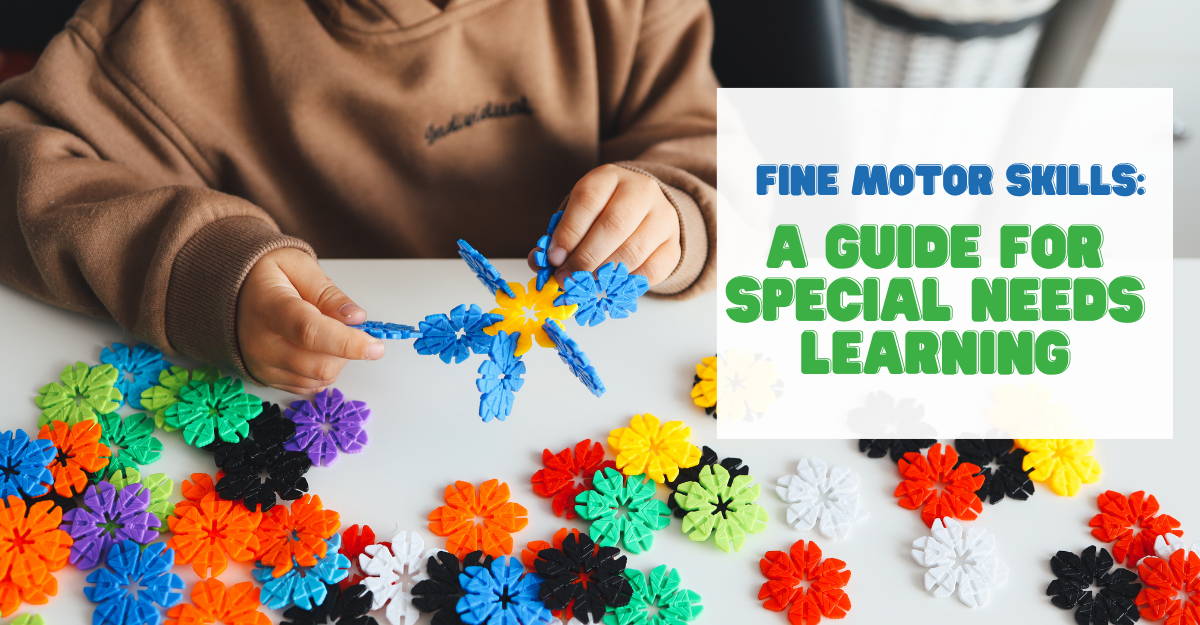A chance conversation with a friend from church brought to light the lack of resources for families with special needs in Ashley's small town. This realization ignited a desire within her to make a positive change. Recognizing the challenges faced by families in similar situations, Ashley embarked on a journey to create a local tribe of support and encouragement.
Fine motor skills are more than just the ability to manipulate objects; they are a gateway to independence and self-expression. From the earliest stages of infancy, children engage in activities that develop these skills, such as grasping objects or exploring textures. As they grow, their abilities become more refined, allowing them to perform tasks like drawing, writing, and using utensils with precision.
However, for special needs children, the development of fine motor skills may encounter hurdles. Common challenges include limited dexterity, coordination difficulties, and sensory sensitivities. These challenges can impact a child's ability to participate in daily activities, interact with peers, and succeed academically. Therefore, early assessment and intervention are crucial to identify and address fine motor deficits effectively.


